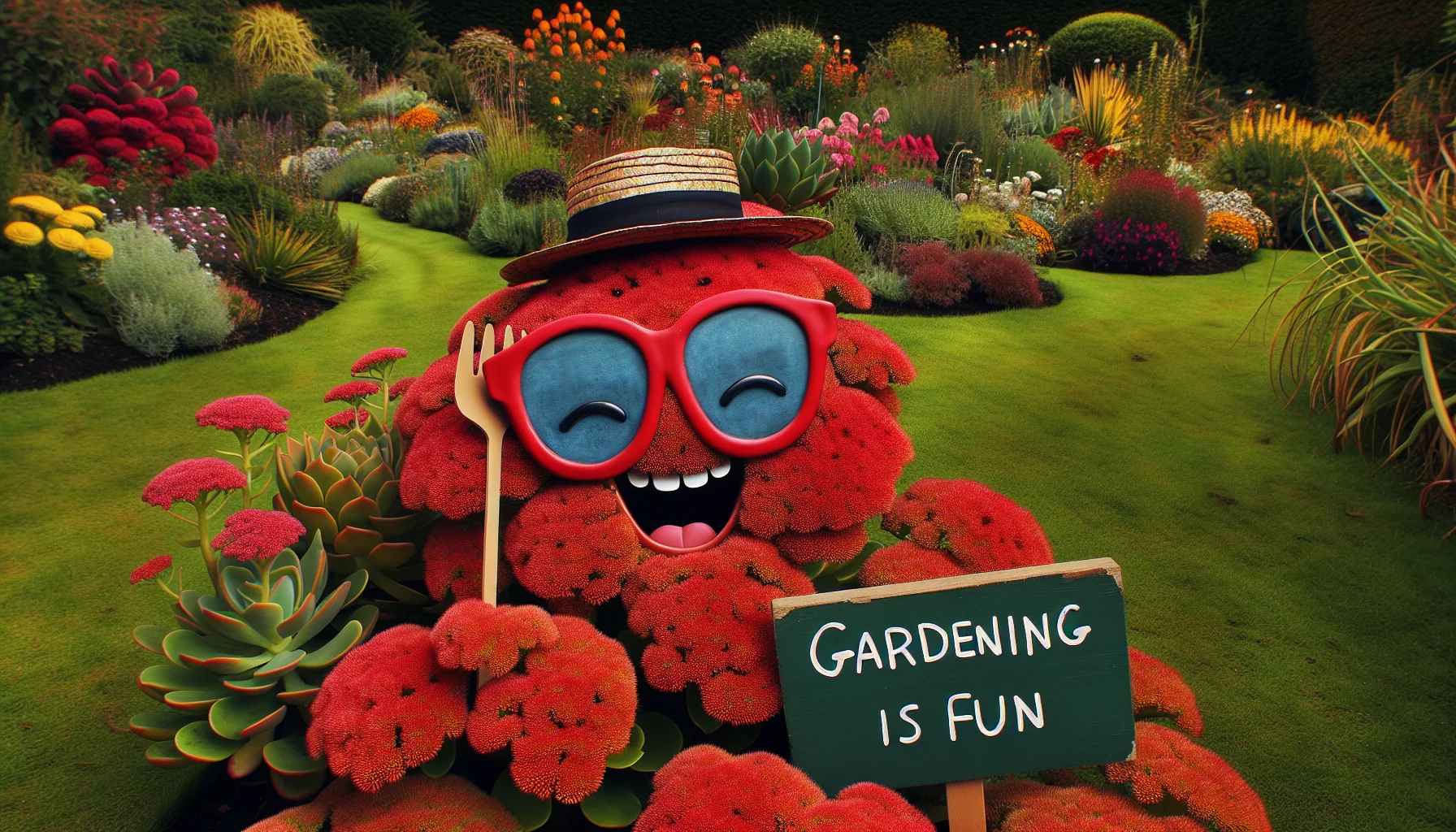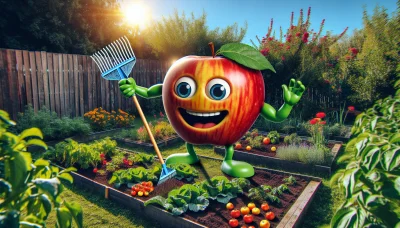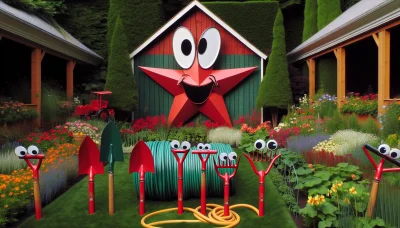Red sedum Quiz
Test Your Knowledge
Question of
Introduction to Red Sedum
Red Sedum, also known as Sedum spurium, is a versatile and hardy perennial plant that adds vibrant color and texture to any garden. It is particularly valued for its drought-resistant qualities, making it an excellent choice for xeriscaping and low-maintenance landscapes. With its succulent leaves and bright, star-shaped flowers, Red Sedum not only provides visual interest from early summer to fall but also attracts pollinators such as bees and butterflies. Its ability to thrive in poor soil, resist pests and diseases, and spread quickly makes it a popular ground cover and a favorite among gardeners looking to add a splash of color to their outdoor space.
Types of Red Sedum
- Sedum spurium 'Dragon's Blood' - A versatile groundcover that boasts deep red leaves and pink to red flowers in summer.
- Sedum 'Red Cauli' - Known for its cauliflower-like clusters of bright red flowers atop bronze-green leaves.
- Sedum telephium 'Matrona' - Features burgundy stems with gray-green leaves, edged in pink, and crowned with light pink flowers.
- Sedum telephium 'Red Glow' - Offers intense red foliage that deepens in color with more sun, complemented by clusters of starry pink blooms.
- Sedum x 'Ruby Glow' - This sedum showcases ruby-red leaves and stems, with crimson flowers appearing in late summer to early fall.
Planting Red Sedum
Red Sedum, also known as Sedum spurium, thrives best in well-drained, sandy, or gravelly soil, making it an ideal choice for rock gardens and borders. It prefers a neutral to slightly alkaline pH level. This succulent requires a sunny spot to flourish, as full sun encourages the most vibrant leaf colors and helps maintain its tight, compact growth habit. Red Sedum is drought-tolerant once established, requiring minimal watering, which makes it a perfect plant for xeriscaping. It's hardy in USDA zones 3 through 9, showing a broad adaptability to various climates, but it particularly excels in areas with hot, dry summers. When planting red sedum, ensure to space them about 6 to 12 inches apart to allow for adequate air circulation and to prevent overcrowding. This practice helps in minimizing the risk of fungal diseases, ensuring your red sedum remains healthy and vibrant.
Caring for Your Red Sedum
- Watering: Allow the soil to dry out completely between watering. Over-watering can lead to root rot.
- Sunlight Needs: Red Sedum thrives in full sun. Ensure it gets at least 6 hours of direct sunlight daily.
- Pruning Tips: Prune in early spring to promote bushier growth. Remove dead or damaged stems anytime.
Common Pests and Problems
Red sedum, a popular succulent for gardens and landscapes, can occasionally face issues with pests and diseases. Common pests include aphids and mealybugs, which can be managed by rinsing them off with a strong jet of water or by applying insecticidal soap or neem oil. Diseases such as root rot and powdery mildew can also affect red sedum, often due to overwatering or poor air circulation. To combat these, ensure the plant is in well-draining soil and avoid overhead watering. Regularly inspecting your plants and providing optimal growing conditions are key to preventing these common problems.
Benefits of Growing Red Sedum
- Drought Tolerance: Red sedum is highly resilient in dry conditions, making it an excellent choice for water-wise gardens.
- Attractiveness to Pollinators: Its vibrant flowers are a magnet for bees, butterflies, and other beneficial insects, enhancing pollination in your garden.
- Low Maintenance: Requires minimal care once established, making it ideal for gardeners seeking beautiful yet easy-to-maintain plants.
- Soil Adaptability: Thrives in a variety of soil types, including poor soils, reducing the need for soil amendments.
- Disease and Pest Resistance: Naturally resistant to most pests and diseases, ensuring a healthier and more vibrant garden.
- Year-Round Interest: Offers visual interest throughout the year with its succulent leaves and seasonal blooms.
- Erosion Control: Its spreading habit makes it an effective ground cover for stabilizing soil and preventing erosion.
- Versatility: Suitable for rock gardens, borders, containers, and as a ground cover, providing numerous landscaping options.
Red Sedum in Landscape Design
Red sedum, with its vibrant foliage and easy-care nature, offers a stunning addition to any landscape design. Below are various ways to incorporate this versatile plant into your garden, along with ideal locations and companion plants for an aesthetically pleasing and harmonious arrangement.
| Design Idea | Location | Companion Plants |
|---|---|---|
| Rock Gardens | Sunny, well-drained areas | Lavender, Blue Fescue |
| Ground Cover | Full sun to partial shade | Creeping Thyme, Moss Phlox |
| Border Edges | Front of the border, pathways | Salvia, Catmint |
| Container Gardens | Patios, balconies with bright light | Succulents, Dwarf Lavender |
| Green Roof | Flat to gently sloping roofs | Sedum 'Cape Blanco', Sempervivum |












